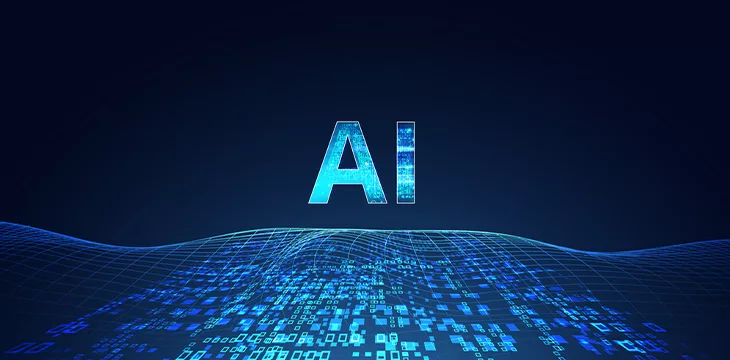|
Getting your Trinity Audio player ready...
|
Shipbuilding giant Seatrium has signed a Memorandum of Understanding (MoU) with the Singaporean Agency for Science, Technology and Research (A*STAR) to explore artificial intelligence (AI) solutions for the Offshore and Marine (O&M) ecosystem.
Seatrium’s latest collaboration with A*STAR will see both firms combine their strengths to revolutionize the O&M sector, paying keen attention to environmental sustainability.
While both entities have previously explored improving O&M, the newly minted MoU is their first attempt to lean on AI in search of new solutions. Seatrium says it will use generative AI models to test the viability of new energy sources for marine applications, with hydrogen and ammonia topping the list.
“The collaborative efforts between Seatrium and A*STAR are geared towards accelerating the energy transition and maritime decarbonization,” said Seatrium CEO Chris Ong. “By combining our knowledge and pushing boundaries, we aim to develop advanced energy solutions that will help the industry adopt renewable sources more quickly.”
Another use case to be explored by the MoU is AI-powered vessel design with large language models (LLMs). Participating entities appear keen on using AI to improve operational efficiency while streamlining the decision-making process for O&M projects.
Other AI-based use cases to be explored by the MoU include surveillance and work site inspection, with both entities keen on testing the waters with automation. The end goal will be to develop new supply chains for O&M while probing for efficiency in transportation and bunkering.
“Building on our previous successful collaboration programs in green shipping, digital design and advanced manufacturing, this latest collaboration in new energies and AI furthers Seatrium and A*STAR’s shared vision of developing more smart and sustainable solutions for the O&M sector,” said A*STAR CEO Frederick Chew.
Previous collaborations have seen both Seatrium and A*STAR team up to experiment with green shipping and advanced manufacturing, yielding impressive results, including the launch of a novel water treatment system.
AI investments rise
As firms work toward AI capabilities, analysts are pointing to a massive capital inflow into the ecosystem buoyed by large technology firms and sovereign investment funds keen on getting skin in the game for emerging technologies.
Microsoft (NASDAQ: MSFT) and Google (NASDAQ: GOOGL) are leading the pack with heavy investments in Australia, India, and the U.K., pledging to splurge over $10 billion before the end of the decade. In the Middle East, the governments of Saudi Arabia and the United Arab Emirates (UAE) are betting big on AI to catch up with the industry’s first movers.
“I am convinced that the Middle East has all the potential to overcome many current leaders regarding the use of AI,” remarked Pawel Satalecki, an executive at consulting firm Avenga MENA. “However, the upcoming years will have to be spent wisely, incorporating external knowledge and resources into their strategies to catch up and open up the possibility of building the necessary capacity on-site.”
In order for artificial intelligence (AI) to work right within the law and thrive in the face of growing challenges, it needs to integrate an enterprise blockchain system that ensures data input quality and ownership—allowing it to keep data safe while also guaranteeing the immutability of data. Check out CoinGeek’s coverage on this emerging tech to learn more why Enterprise blockchain will be the backbone of AI.
Watch: Improving logistics, finance with AI & blockchain

 01-05-2026
01-05-2026 




